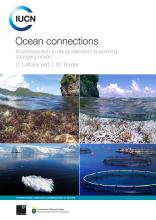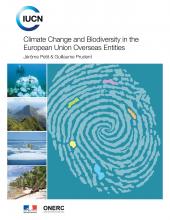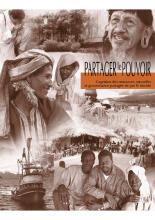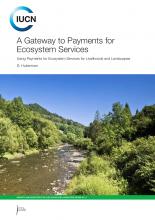Climate change and biodiversity in the European Union overseas entities
Petit, Jerome
,
Prudent, Guillaume
2008
Climate change is a major threat to global biodiversity. From the tropics to the Poles, the worlds ecosystems are all under pressure. A study published in the scientific journal Nature posited that 15 to 37% of terrestrial animal and plant species could be at risk of extinction because of human-induced impacts on climate (Thomas et al., 2004). Scattered across the four corners of the Earth, European Union overseas entities, are home to a biological diversity that is as rich as it is vulnerable. Located in several global biodiversity hotspots, these territories are home to a far greater number of endemic animal and plant species than continental Europe. However, this natural wealth is under pressure from numerous quarters: habitat destruction, invasive alien species, pollution, over-exploitation of species; no territory has been spared. Today, climate change represents an additional threat to these ecosystems, and one which could possibly end up being as damaging as all the others combined.








